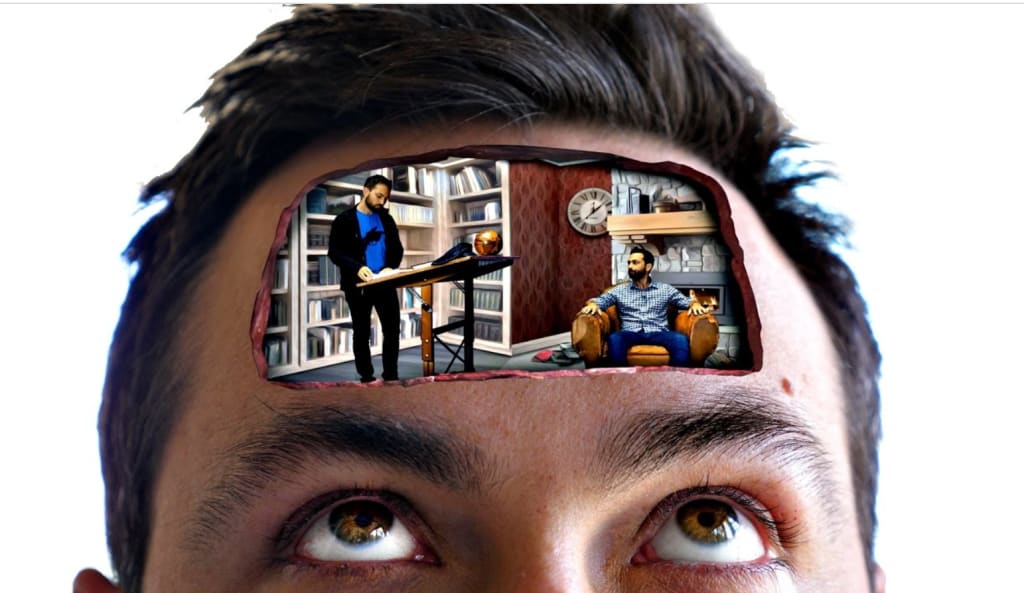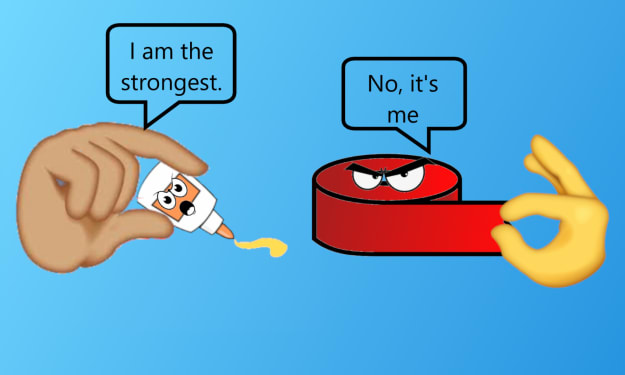
For many of us, the act of thinking can sometimes feel like a chore. We may find ourselves avoiding it whenever possible, opting instead for the comfort of familiar routines or the ease of automatic responses. Yet, in the labyrinth of the mind, lies a complex interplay between conscious deliberation and automatic processing, shaping our perceptions, decisions, and actions in ways both profound and subtle.
Consider the scenario of posing a simple question about the Earth's orbit to a group of individuals. Amidst the casual banter, responses veer off course, with guesses ranging from the wildly inaccurate to the somewhat plausible. Similarly, when confronted with a classic problem involving the cost of a toy bat and ball, errors abound as participants stumble over the seemingly straightforward arithmetic. These examples, while seemingly trivial, offer profound insights into the workings of the human mind and the intricate dance between effortful cognition and automatic processing.
At the heart of this cognitive ballet lies the dynamic interplay between two distinct systems, each wielding its own unique strengths and limitations. Meet System One, aptly nicknamed Gun, a lightning-fast processor of sensory information and master of automatic responses. Gun operates effortlessly, sifting through vast amounts of data in milliseconds, and crafting automatic assumptions that often guide our conscious thoughts. Meanwhile, System Two, known as Drew, represents our conscious deliberation, the voice in our head capable of reasoned analysis and deliberate action.
Drew, while diligent and meticulous, is also inherently lazy, reluctant to exert effort unless absolutely necessary. Conversely, Gun thrives on speed and efficiency, effortlessly churning out automatic responses based on a vast repository of prior experiences stored in long-term memory. Together, these two systems orchestrate the intricate dance of thought, with Drew's conscious deliberation often deferring to Gun's rapid-fire assessments.
But while Gun's automatic responses may seem like a boon, they can also lead us astray, blinding us to errors and oversights that lurk beneath the surface. Consider the classic "Bat and Ball" problem, where Gun's swift calculations yield an intuitively appealing but ultimately incorrect answer. It is only through Drew's careful scrutiny and reasoned analysis that the true solution emerges, underscoring the importance of engaging our conscious faculties in the face of uncertainty.
Moreover, Drew's limited capacity for holding and manipulating novel information in working memory presents its own set of challenges. As we grapple with complex tasks or unfamiliar concepts, Drew struggles to keep pace, often succumbing to cognitive overload and errors of judgment. Yet, through deliberate practice and repetition, Drew can gradually offload tasks to Gun, freeing up valuable cognitive resources for more demanding endeavors.
Indeed, the process of learning itself is a testament to this delicate balance between effortful engagement and automatic processing. Whether mastering a new skill or internalizing abstract concepts, Drew's initial struggles pave the way for Gun's eventual mastery, as repeated practice and exposure gradually transform novel information into automatic routines.
But fostering this transformation requires a willingness to embrace discomfort and uncertainty, to grapple with confusion and cognitive dissonance head-on. Just as physical exercise challenges our bodies to grow stronger, cognitive effort pushes our minds to expand their capacity for understanding and insight.
In the realm of education, this principle is increasingly being recognized, with traditional lecture-based formats giving way to more interactive and engaging pedagogies. By challenging students to actively engage with course material, whether through peer instruction, workshops, or problem-based learning, educators are harnessing the power of cognitive effort to drive deeper learning and comprehension.
Similarly, in the realm of advertising and marketing, there is a growing recognition of the value of cognitive engagement. Rather than spoon-feeding consumers with clear and concise messages, savvy advertisers are embracing ambiguity and complexity, forcing Gun to relinquish control to Drew and fostering deeper engagement with their brand messaging.
Ultimately, the journey of thought is a voyage into the unknown, a quest to navigate the labyrinth of the mind and unlock the boundless potential of human cognition. By embracing discomfort and challenging our cognitive habits, we can transcend the limitations of automatic thinking and unlock new realms of understanding and insight. In the end, it is through the crucible of cognitive effort that we forge the pathways to mastery and illuminate the darkest corners of the cognitive frontier.
About the Creator
ava
The future belongs to those who prepare for it today






Comments
There are no comments for this story
Be the first to respond and start the conversation.